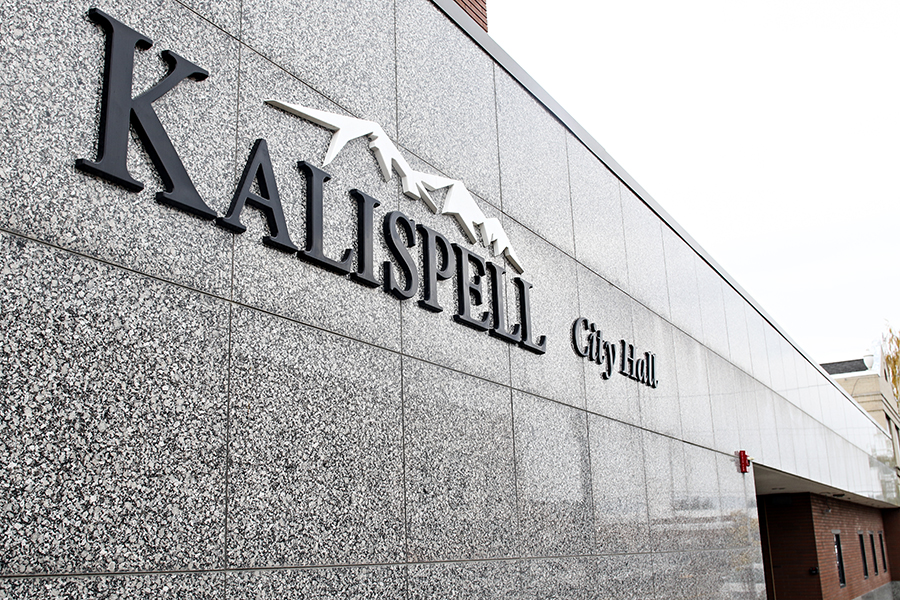Several Kalispell residents spoke out opposing a gradual water and sewage rate hike proposal at a city council public hearing on March 2, an increase that individuals fear would burden low and fixed income residents while sparing developers.
If approved, residents would see an annual increase in their water and sewer rate over the next seven years starting in July 2020 and ending in July 2027. In 2027, an average water bill would rise by 55.6% and a sewer bill would rise by 103.8%, according to city documents.
An average water bill representing households with a 3/4-water meter that uses 6,000 gallons would jump from a current $22.88 monthly bill to $35.60. An average sewer bill representing households that use 6,000 gallons per month would jump from a current $37.12 bill to $75.65, according to documents.
Sprinkler rates will remain the same as the consumption rate per 1,000 gallons, which were previously given a reduced sprinkling/irrigation rate.
The water rate increase will fund the 1.4 billion gallons of water used in Kalispell annually and costs will cover pipes, storage facilities, metering systems, labor and new wells and tanks.
The sewer rate increase will fund the 1.02 billion gallons of wastewater with the collection system in Kalispell and an advanced wastewater treatment plant, which will support Kalispell and Evergreen.
In a water and wastewater rate study conducted by HDR Engineering, the rate method was calculated with Kalispell and Evergreen combined, which Associate Vice President Shawn Koorn says isn’t typical.
“This is one of the first times the city’s had to split the analysis in this way,” Koorn said. “In the past, Evergreen was calculated under a different method and that revenue came in and offset the total cost for the city’s sewer and utility cost. Under the current agreement, now we’ve split that out into two pieces.”
Koorn also highlighted the Montana Department of Environmental Quality’s new restrictions on nitrogen and phosphorus, which are intended to control excessive nutrient pollution in Montana waters.
Meanwhile, the city also proposes to decrease water and sewer impact fees, a one-time charge against developers or new customers. This would lower costs for new developments that are adding additional systems.
A residential impact fee, which currently costs $2,567, would drop to $1,900 in July 2021.
Several Kalispell residents appeared at the hearing to oppose the fee proposals and voiced concerns over burdening low and fixed income residents while giving developers a break.
“We used to live in Whitefish,” Kalispell resident Heinz Henke said. “Everything changed, everything got more expensive. The water rates, the sewer … there’s some people that moved out of Whitefish. We live on social security and everybody forgets it. Keep the seniors in mind, the developers have the money and we live on a limited income.”
Flathead County Fairgrounds Manager Mark Campbell voiced similar concerns, and asked the council to consider balancing the impact fees.
“I agree on your plan. I agree that you have a plan. I disagree however on the frontload of the financing for this plan,” he said.
Kalispell City Council will host a work session and councilors will vote on the proposal later this month.
To view the proposal, visit https://www.kalispell.com/DocumentCenter/View/2990/Overview-of-Proposed-Rate-Increase-Handout-PDF
